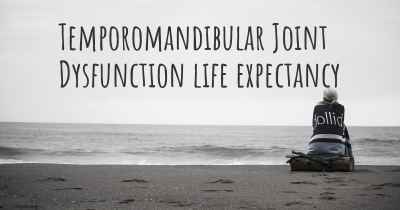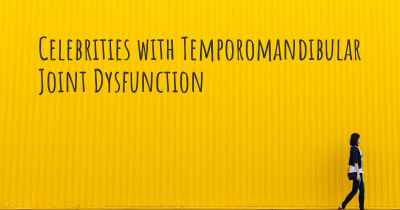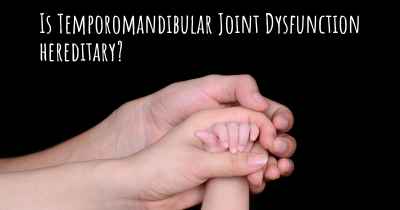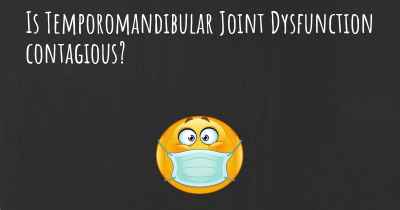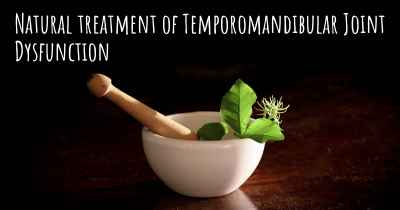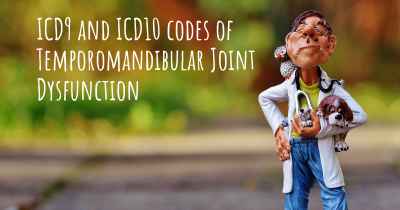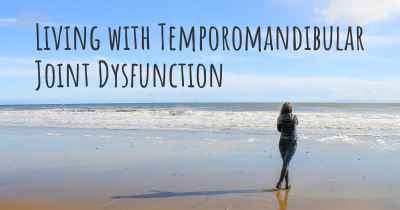What are the latest advances in Temporomandibular Joint Dysfunction?
Here you can see the latest advances and discoveries made regarding Temporomandibular Joint Dysfunction.
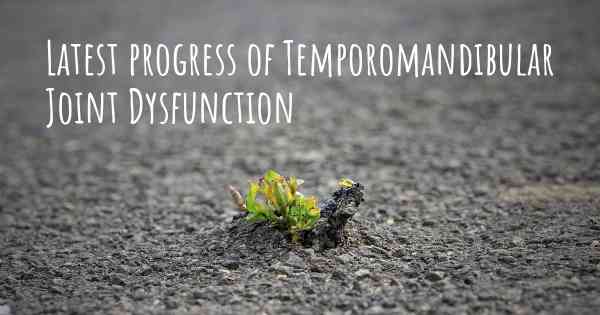
Temporomandibular Joint Dysfunction (TMD) is a condition that affects the jaw joint and surrounding muscles, causing pain and discomfort. It can result from various factors such as jaw misalignment, teeth grinding, stress, or trauma. Over the years, there have been several advances in the understanding and treatment of TMD, offering new hope for those suffering from this condition.
1. Improved diagnostic techniques: Accurate diagnosis is crucial for effective treatment of TMD. Advanced imaging techniques such as magnetic resonance imaging (MRI) and computed tomography (CT) scans have greatly improved the ability to visualize the joint and surrounding structures. These imaging techniques help identify any structural abnormalities or damage, allowing for more targeted treatment plans.
2. Targeted therapies: Traditional treatment approaches for TMD often focused on managing symptoms rather than addressing the underlying causes. However, recent advances have shifted towards more targeted therapies. For example, occlusal splints or mouthguards can be custom-made to fit the patient's bite and help alleviate symptoms by reducing pressure on the joint. Additionally, physical therapy exercises and techniques can help improve jaw mobility and strengthen the surrounding muscles.
3. Botox injections: Botox, a neurotoxin, has gained popularity in the treatment of TMD. When injected into the affected muscles, it temporarily paralyzes them, reducing muscle spasms and relieving pain. Botox injections have shown promising results in managing TMD symptoms, particularly for patients who do not respond well to other treatments.
4. Regenerative medicine: Regenerative medicine approaches, such as platelet-rich plasma (PRP) therapy and stem cell therapy, have shown potential in the treatment of TMD. PRP therapy involves injecting concentrated platelets from the patient's own blood into the affected joint, promoting tissue repair and reducing inflammation. Stem cell therapy aims to regenerate damaged tissues by introducing stem cells into the joint. While these approaches are still being researched, they hold promise for future TMD treatments.
5. Minimally invasive procedures: In some cases, surgical intervention may be necessary for severe or persistent TMD. However, advancements in technology have led to the development of minimally invasive procedures. Arthroscopy, for example, allows surgeons to visualize and treat the joint using small incisions and specialized instruments. This approach reduces the risk of complications, minimizes scarring, and promotes faster recovery.
6. Multidisciplinary approach: TMD is a complex condition that often requires a multidisciplinary approach for effective management. Dentists, oral and maxillofacial surgeons, physical therapists, and pain specialists may collaborate to develop comprehensive treatment plans tailored to each patient's needs. This holistic approach ensures that all aspects of the condition are addressed, leading to better outcomes.
7. Patient education and self-management: Empowering patients with knowledge about TMD and self-management techniques is an essential aspect of modern treatment approaches. Patients are encouraged to make lifestyle modifications, such as stress reduction techniques, avoiding hard or chewy foods, and practicing good posture. Education and self-management strategies help patients take an active role in their treatment and improve their overall well-being.
In conclusion, there have been significant advances in the understanding and treatment of Temporomandibular Joint Dysfunction. Improved diagnostic techniques, targeted therapies, Botox injections, regenerative medicine, minimally invasive procedures, multidisciplinary approaches, and patient education have all contributed to better outcomes for individuals suffering from TMD. These advancements offer hope for effective management and relief from the pain and discomfort associated with this condition.
